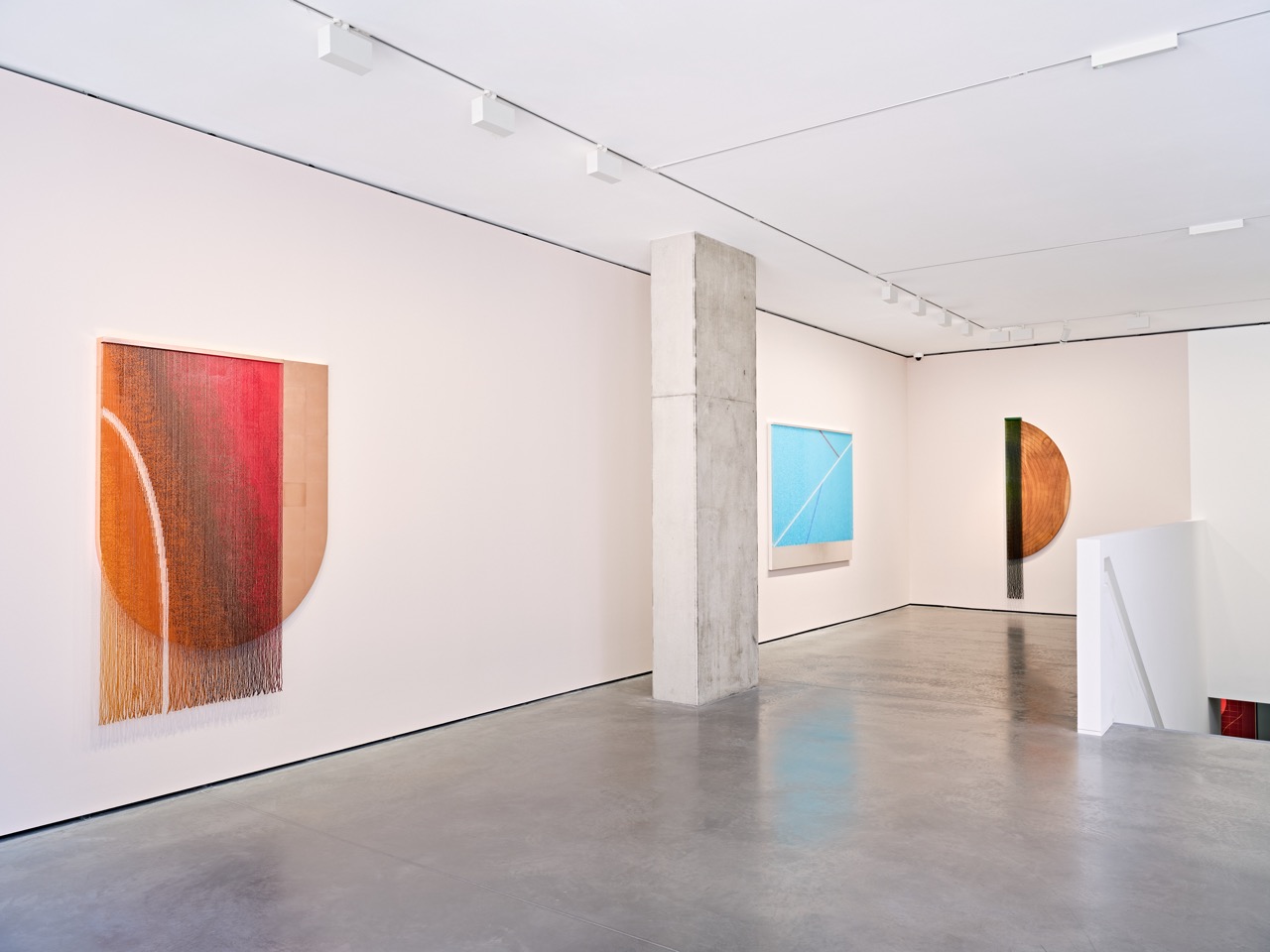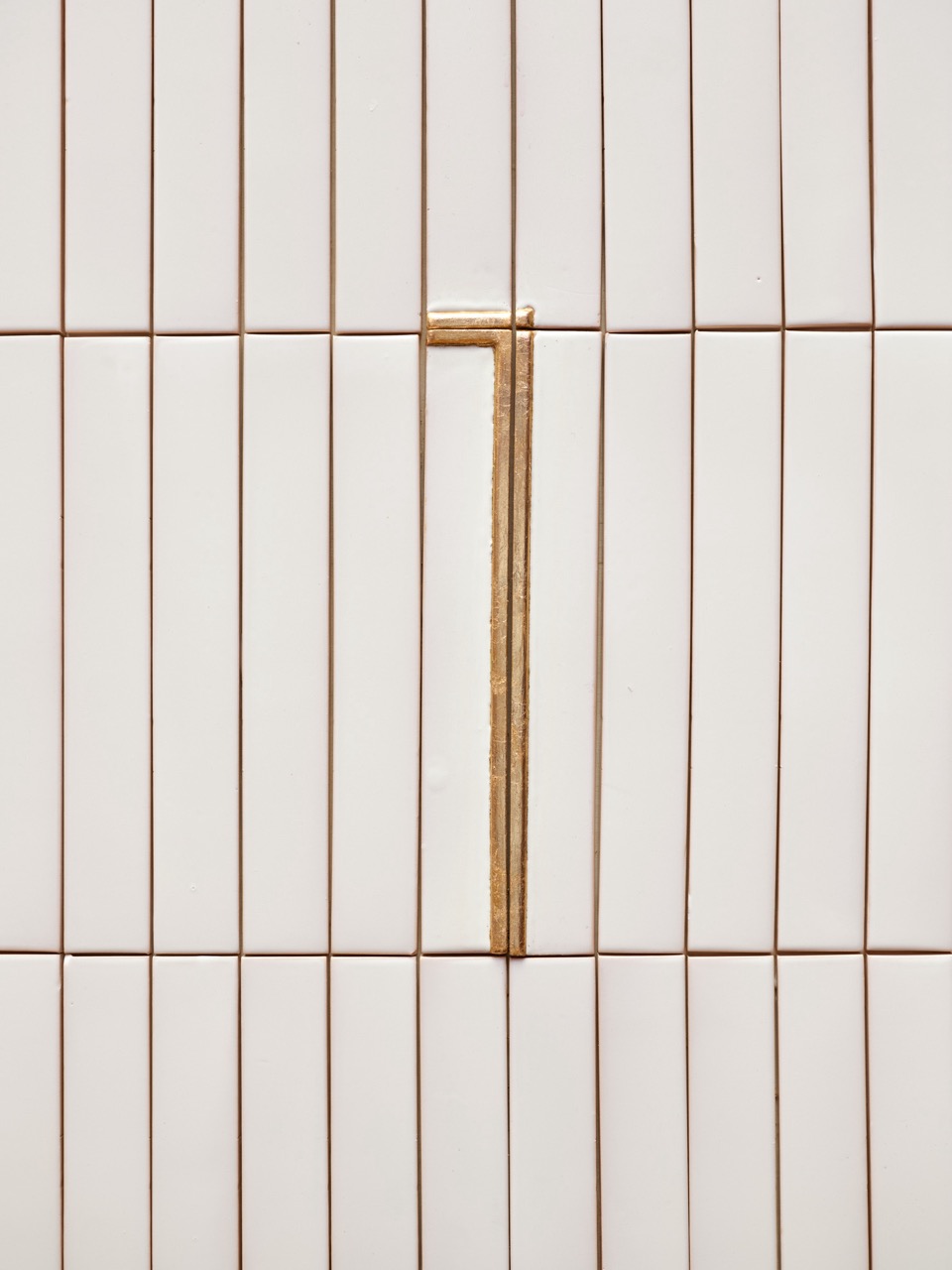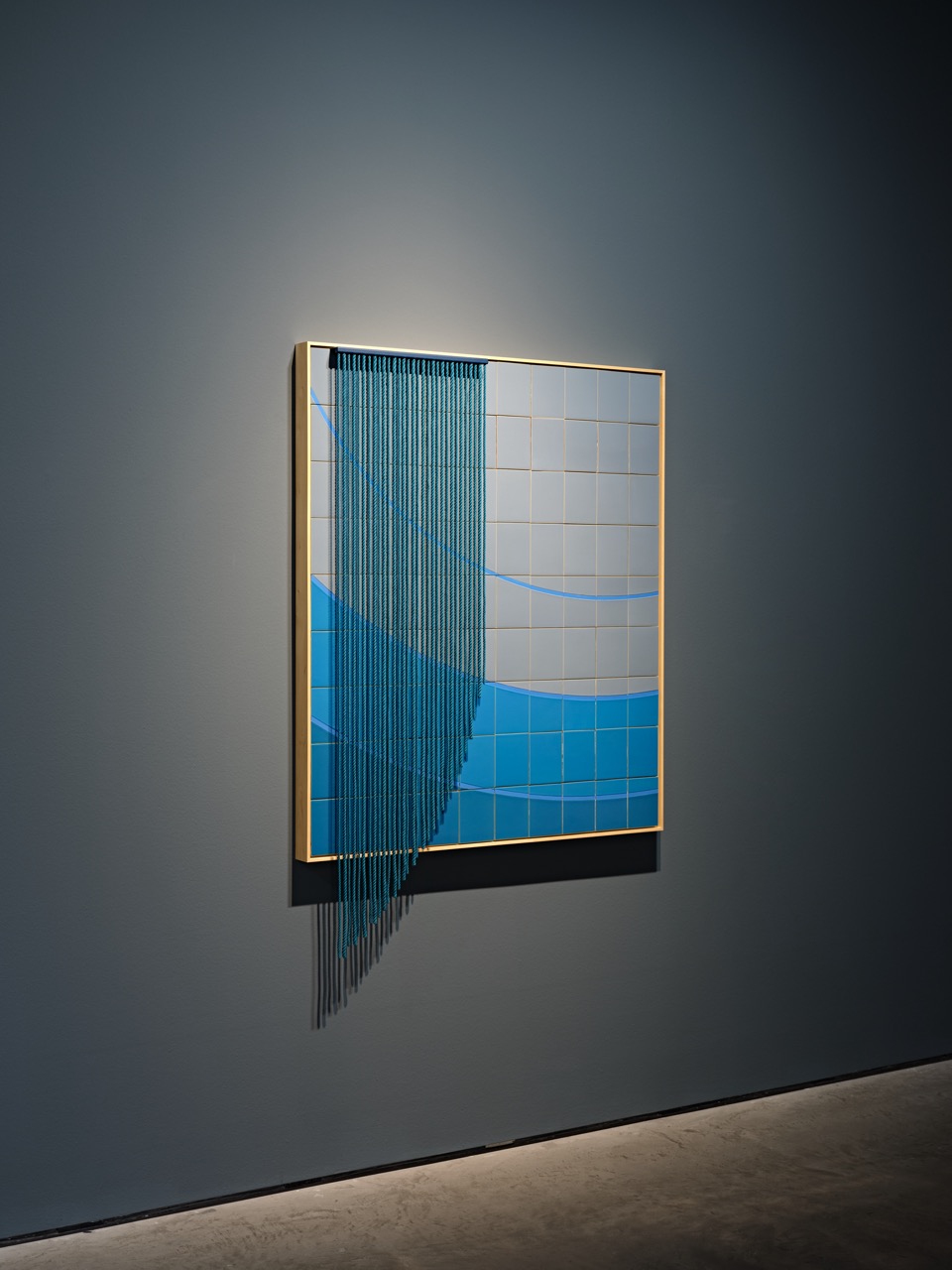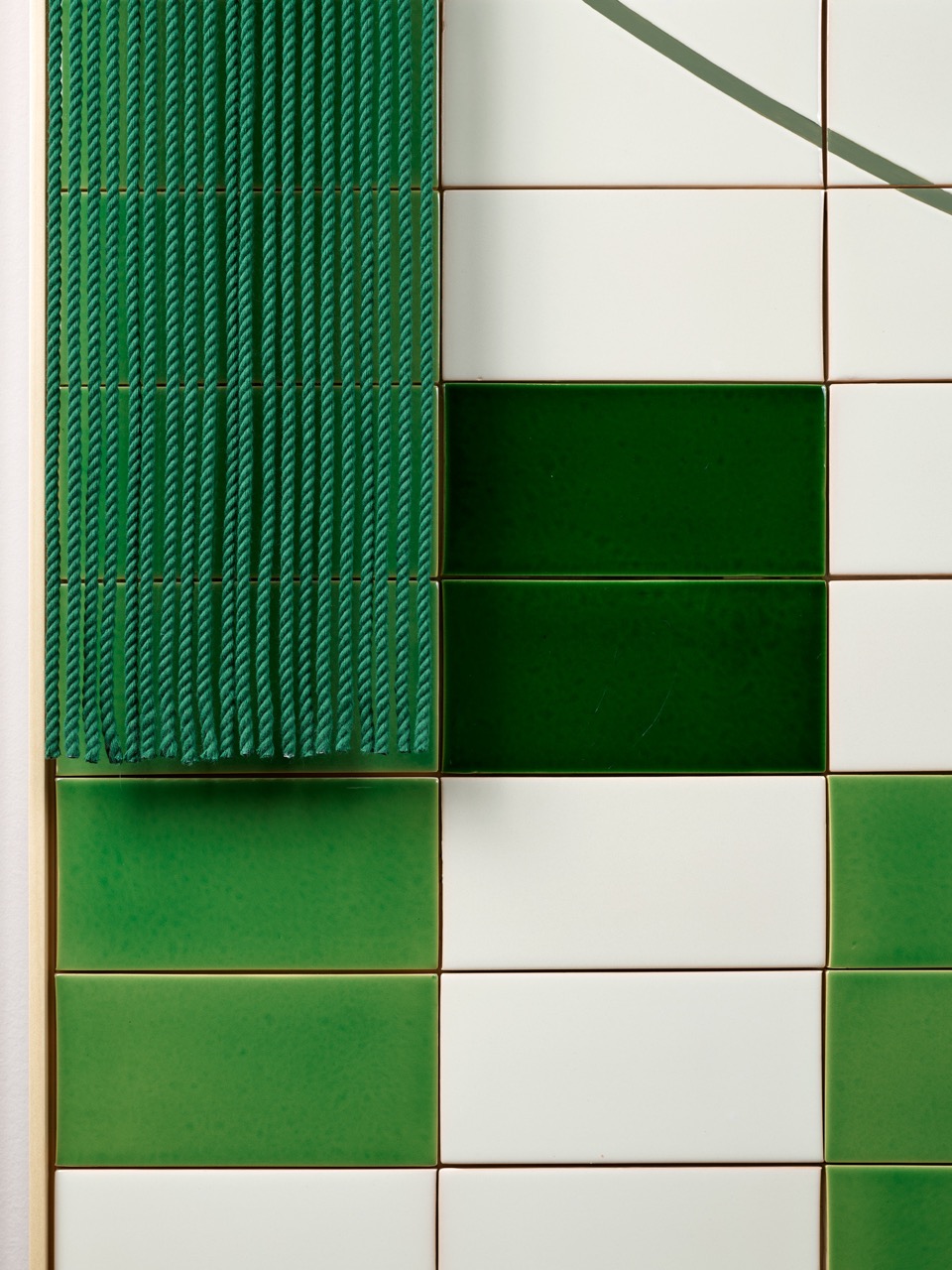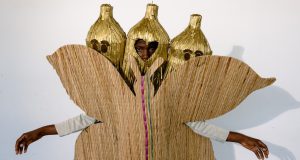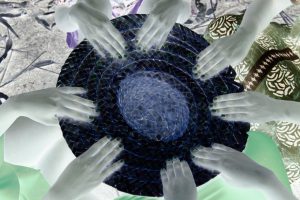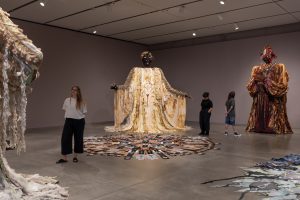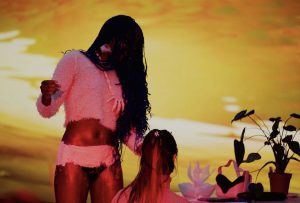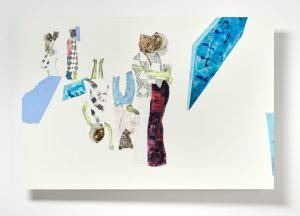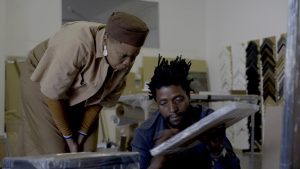Every art show has a press release that isn’t far behind, oftentimes both arrive together, either in a perfunctory email or at the space itself. When it came to Kapwani Kiwanga’s ‘Rudiments’ presentation at Goodman Gallery, however, this piece of paper was rather moot, largely because there wasn’t anything in it that the show, itself, hadn’t put up on display before, five or possibly, ten, times over, particularly as ‘Rudiments’ merely builds upon the numerous conceptualisations that were first addressed at the Venice Biennale’s 2024 Canadian pavilion and then through Kapwani Kiwanga’s 2023 mid-oeuvre, nostalgic, ‘The Length of the Horizon’ presentation with Kunstmuseum Wolfsburg.
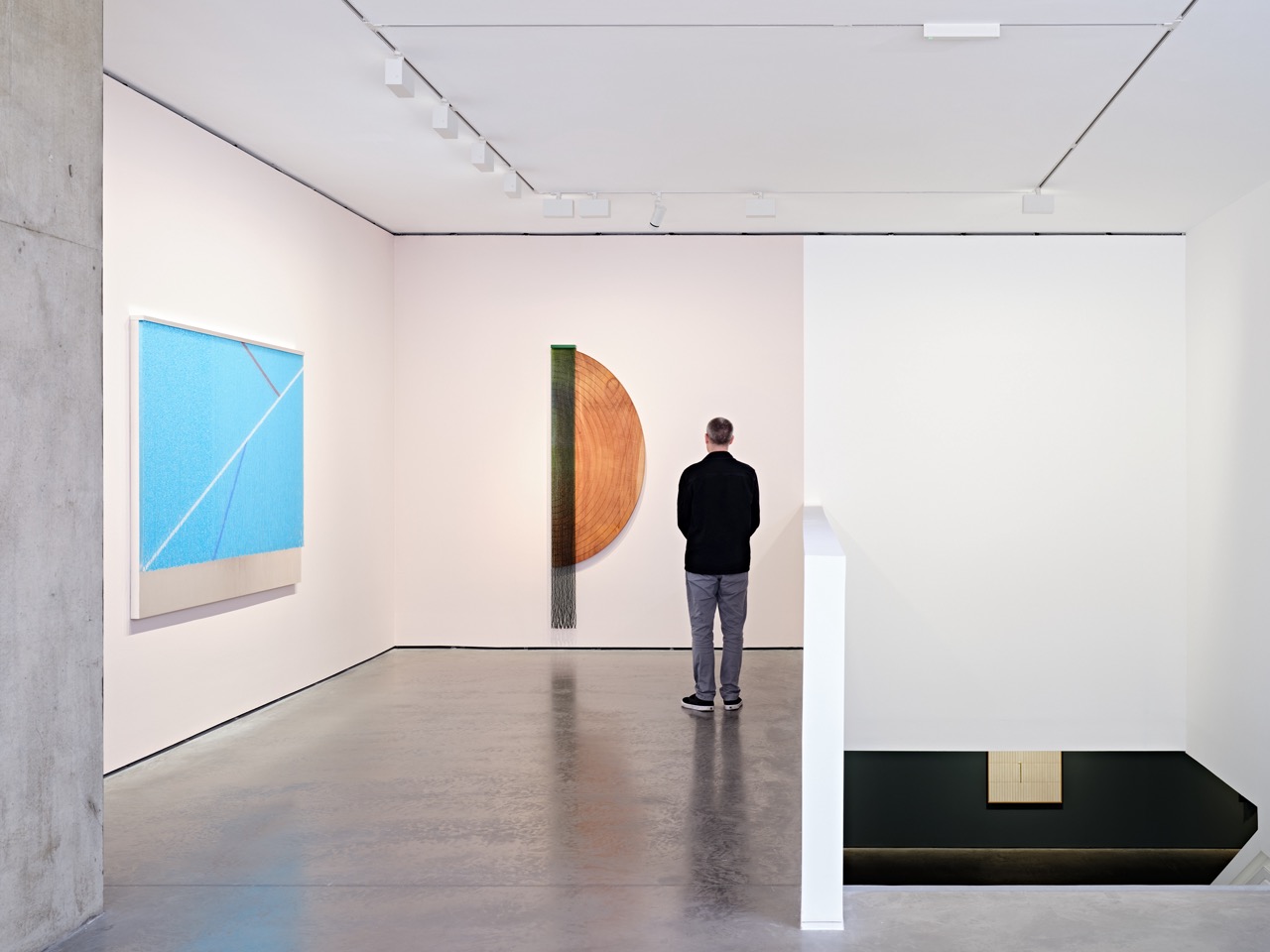
Of course with ‘Rudiments’, we’re also told that it “draws attention to the essential elements that seem fundamental to world building.” “ The materials in the exhibition” continues the press release “subtly point to the primacy of earth, rock, fire and water, meditating on their role in shaping the physical environment. Be it hand -made ceramic tiles that resonate with the solidity of earth, gold leaf that evokes histories of extraction, the pliability of rope and reference to maritime history as connecting various communities or metal characterised by its strength, durability and malleability.”
Be that as it may, there is a facet of immateriality to ‘Rudiments’, an intangible impression that speaks less to Kiwanga’s ceramic creations, along with their aureate accents, and more to the spectral forces that influence our perception of ourselves as people, yet also, as observers first and foremost. To put it bluntly, this is an art show that appears to develop through the observer, as much as they grow through it, and that’s not only because each level of the space has been ordered so that the show can deliberately contemplate two idiosyncratic conceptualisations.
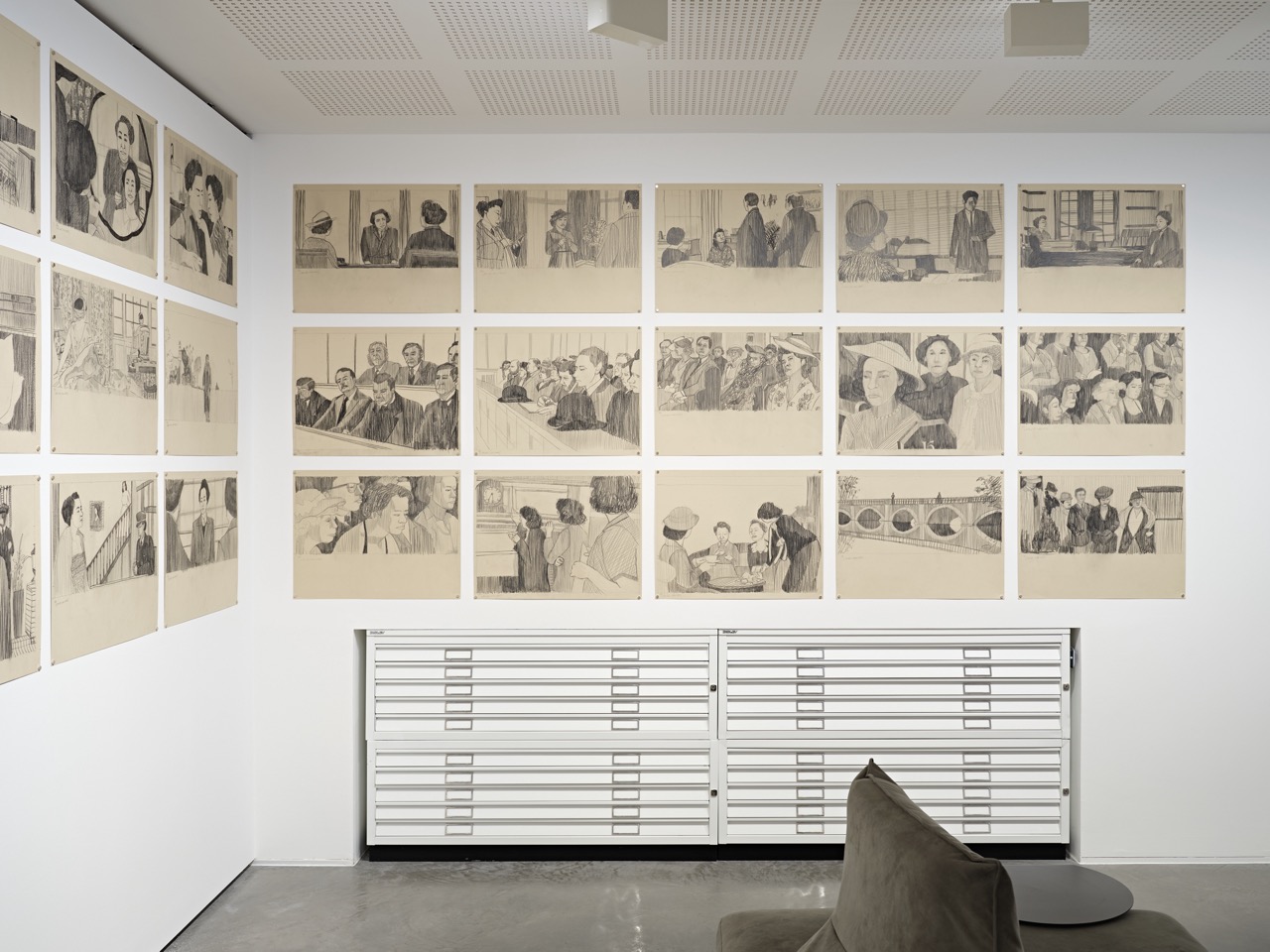
Although, that is something that certainly does help if you find yourself meandering around the substantial space before ‘Rudiments’ concludes on the 6th of November. Purposefully, it also reflects Kiwanga’s concentration on “the body as a primary receptor, drawing attention to the unique bodily sensations and perceptions experienced within specific environments” as the press release goes on to add.
It goes without saying that the beings that populate the interior of this show space are already a sensory overload by themselves with their multifarious lines, colours, shapes and silhouettes that reinforce universal rhythms and architectural scales, this also makes them a consummate exercise when it concerns an observer’s propensity to spot the details amidst the chaos.
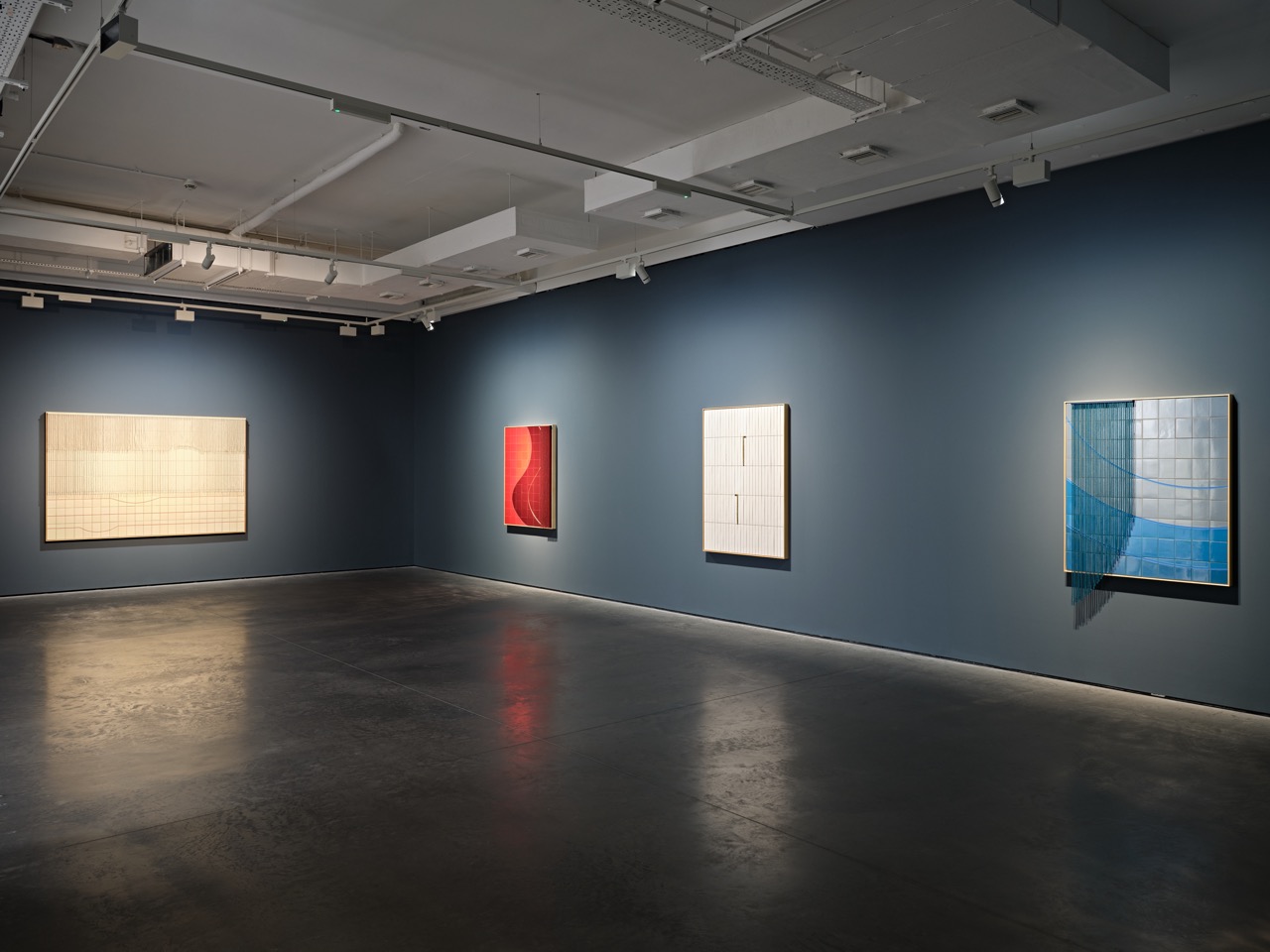
There are bodies of creativity within ‘Rudiments’ that especially play on this, ones on the gallery’s upper level underneath the title, ‘A Coincidence of Wants’, address the foregone and ongoing influence of transoceanic trade exchanges by being conceived from metal leaf, glass beads and wood. Profoundly these selected materials are also employed by Kiwanga to acknowledge how the manoeuvring of goods across continents has moulded our present epoch, particularly its economic practices, cultural dialogues and material habits.
Simultaneously, ‘Magma’, ‘Rift’, ‘Cascade’, ‘Dune’, ‘Canopy’ and ‘Astres’, which are being presented on the lower level of the gallery, are borrowing from various physical, raw elements including handmade ceramic tiles, acrylic, metal leaf, rope and wood frame so that they can summon the rural environment as a facet within the building of macrocosms and cosmogonies.
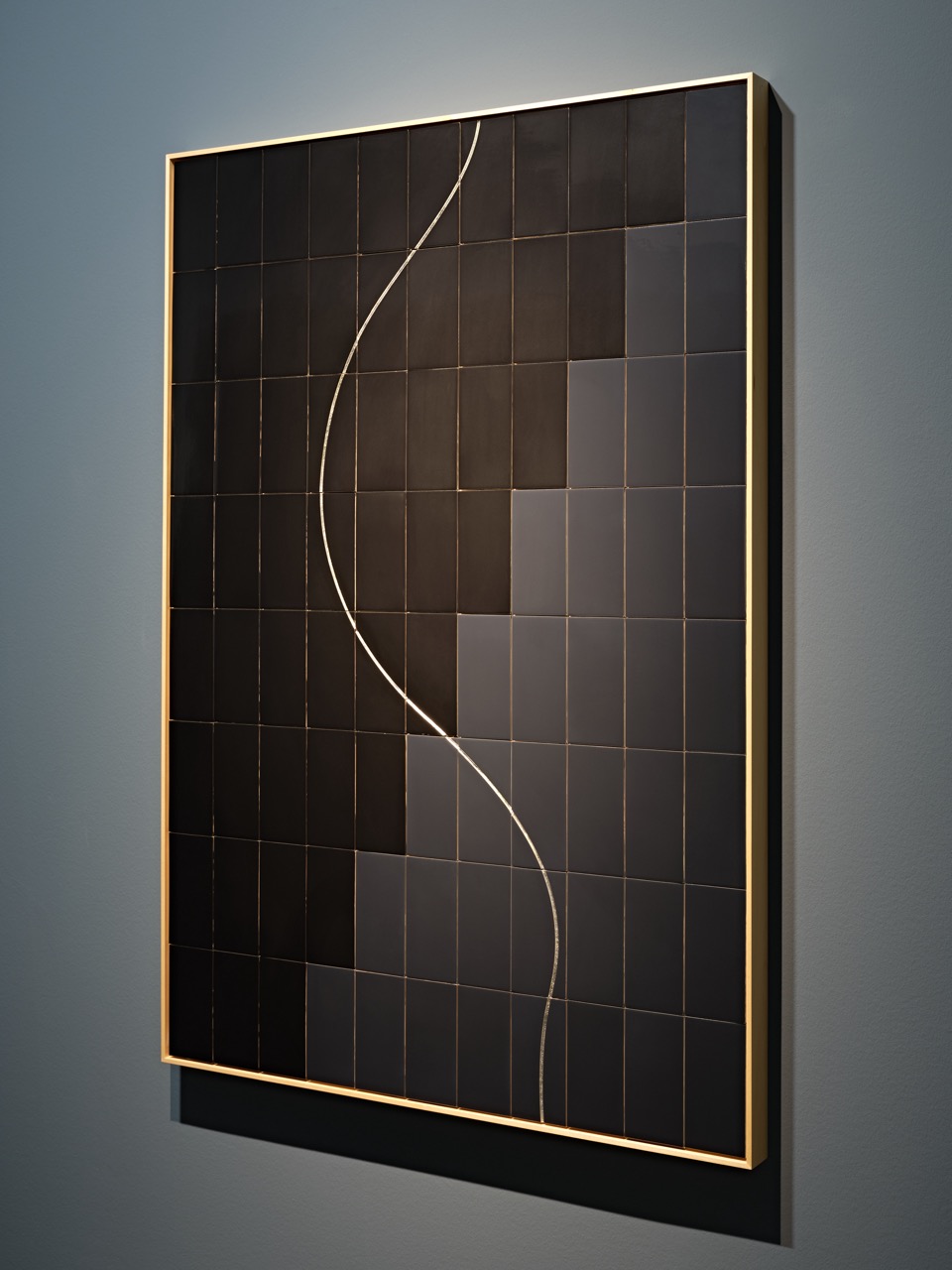
Regardless of the one it inhabits, ‘Rudiments’ is an art show that uncompromisingly speaks to its artist’s propensity for experimentation, especially when the concealed histories that mould our contemporary existence are brought to the forefront. This is a modus-operandi that has similarly found itself in ‘Trinket’, which is a site-specific, sculptural intervention configured from conterie, more familiarly known as seed beads, and on show as part of the Venice Biennale until the 24th of November. Despite being separated by numerous borders, both this one and the artist’s presentation at Goodman Gallery fit easily into her dictionary of aesthetic idioms that she introduces as “exit strategies.”
In actuality, they are projects that encourage observers to perceive their surroundings from numerous perspectives, so that they may be emboldened to look uniquely at living structures and consider practices that would enable them to navigate the future differently. For now, at least, Kiwanga appears to have found a comfortable utopia for herself, and us.
